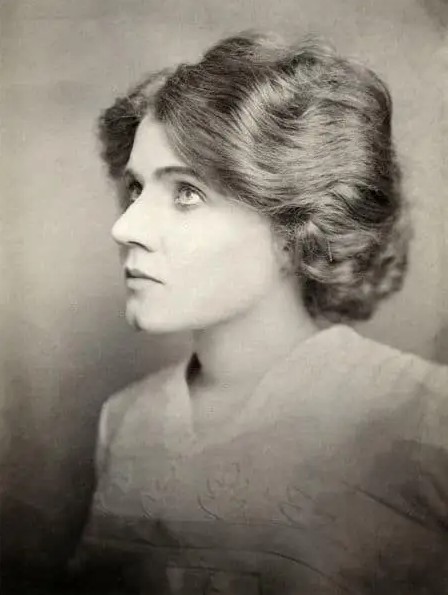Florence Lawrence
Crossing Boundaries
Brake & Signal Lights
Movie Star / Inventor
Born Feb. 19, 1866 – Died June 27, 1953

Florence Lawrence was one of the world’s first movie stars and the first woman to be credited by name on screen. She was also an inventor who made significant contributions to the field of automotive safety. She’s credited with inventing both the mechanical brake signal and the auto-signaling arm, which is a precursor to the modern turn signal.
Born on January 2, 1886, as Florence Annie Bridgwood, Florence Lawrence was the youngest of three children. She was born in Hamilton, Ontario, and her mother, Charlotte Bridgwood, also known as Lotta Lawrence, was an actress. Florence toured with her mother and began performing on stage by age 3, becoming known as “Baby Flo: The Child Wonder”.
When she was 21 years old, Florence officially followed her mother’s career path and became an actress herself. Through her success as a film star, she was able to purchase her own car, a luxury item in the early 1900s. A car enthusiast, she loved driving and learning how cars work, which led to her automotive inventions.
Inventions and Automotive Impact
In 1914, Florence developed a mechanical auto-signaling arm, the world’s first turn signal. When a button was pushed, a flag was raised or lowered on the rear bumper of the car, indicating which direction the driver would turn.
Her second automotive invention followed a similar suit. It was a brake signal to alert drivers that the car in front of them was stopping. When a driver hit the brakes, a sign reading “STOP” flipped up from the rear bumper.
Automotive safety as we know it today is a result of Florence’s inventions. Though she never patented these inventions, her innovative work directly impacted the development of modern vehicle safety features.
